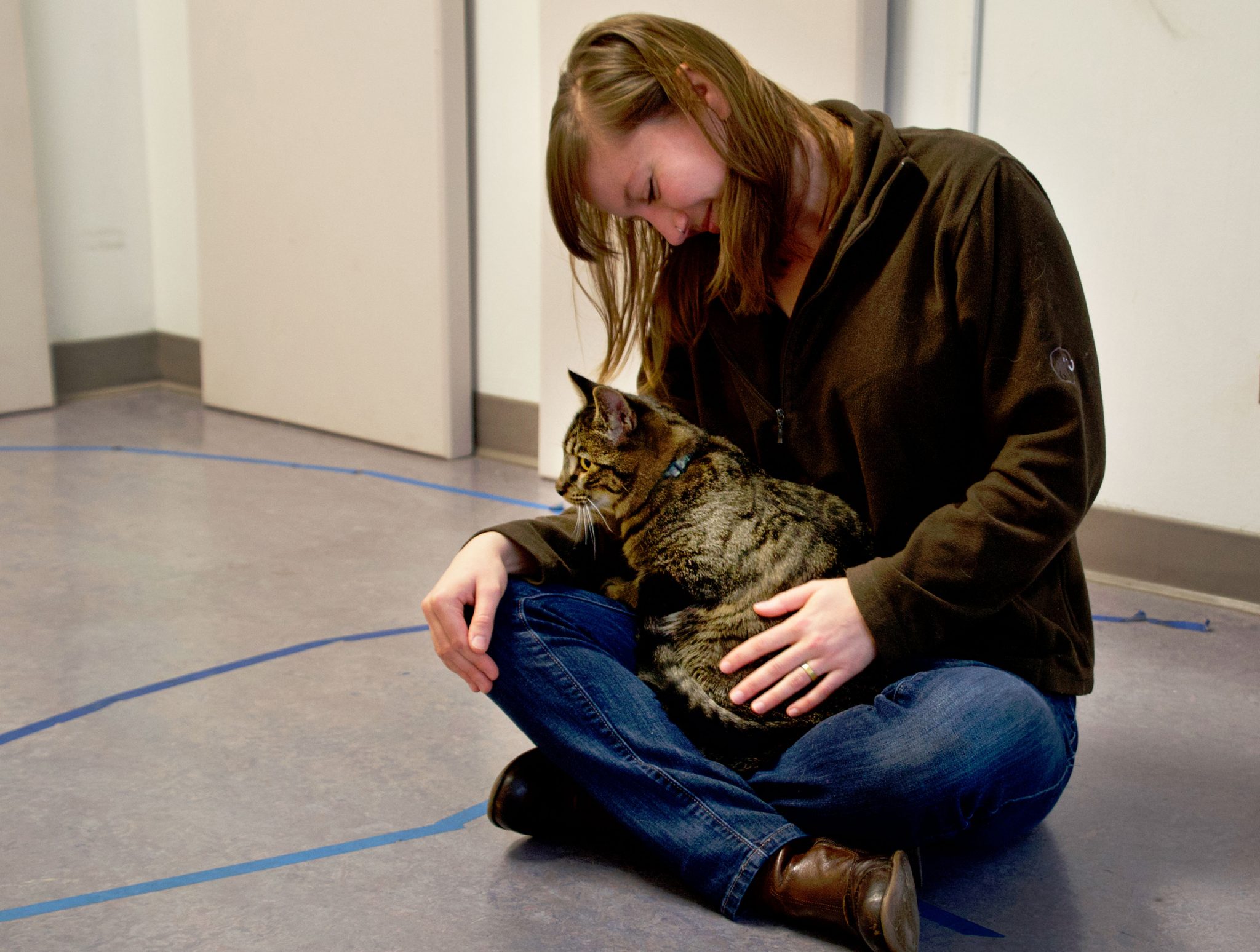Of all the domestic pets you can have, cats are without a doubt the most eccentric of all. With an attitude that oscillates between affection and detachment , felines are animals that distance themselves in terms of behavior from their canine peers. Unlike these, dogs come immediately when you call them. Cats, on the other hand, generally tend to show indifference or inattention when we try to get them to come to us.
Can a cat be trained to learn its name? what is the most effective method? what can you do to speed up the process? We will give you the answer to this and much more here with some principles so that your pet responds to his name .
DO CATS RECOGNIZE THEIR NAME?
For decades, animal lovers and scientists were convinced that, in certain contexts, and far from popular myth, cats could understand their name when called .
Although studies on the matter have been published in recent years, it was not until mid-April 2019 that we learned of the most serious research on the matter. Led by Atsuko Saito, a professor at the University of Sofia, in Tokyo, it was demonstrated with 78 felines that they are capable of recognizing their voice from other similar sounds (by length and intonation).
The study complements another from 2013 carried out by the same team that ruled that cats are capable of recognizing their master’s voice in front of others .
However, they can also distinguish your name no matter who is making the call. Given this scientific evidence, what is the reason that your cat does not come to you when you call him? Well, the researchers’ conclusion can give us clues to a possible answer: by indifference .
Yes, it is nothing that you do not already know, but before we outline what you can do about it, we must first investigate more about it. Keep in mind that domestic cats are descended from an African variety called Felis silvestris lybica , which hunted alone and did not form a pack .
Also keep in mind that they were domesticated less than 10,000 years ago and in circumstances where they were not as closely related as dogs. According to studies, there is evidence that the first dogs were domesticated more than 30,000 years ago and, as you know, they did form packs and hunt in groups.
In conclusion, there is still an individualistic and autonomous attitude in cats that leads them not to respond even when they are perfectly capable of understanding their name.
However, this does not mean that, with a little effort and patience, you can get your beloved pet to respond when you call him . With this introduction, you are ready to become a master and reach your goal after a few months.
HOW TO TRAIN YOUR CAT
There are many training methods that you can apply so that your kitten can come when called. Whereas you will not be training him to compete in International Cat Agility Tournaments or other similar skills competitions. For the moment, the classic behavioral model of positive rewards will suffice . Yes, surely it is something that you have already thought about before, but here we will tackle it with effective techniques with which you can move quickly if you are constant and firm.
Before reviewing them, we first want to point out that in this context , positive reinforcements are the best option. Forget negative reinforcement right now, since you will not get anywhere applying the flip side of the behavioral model. Clarified this, pay attention and put into practice the following principles.
1) FIND OUT WHAT THE BEST REWARD IS
When we talk about positive reinforcement we refer to a prize that you will use to encourage a certain cat behavior in your pet .
In this way, and over time, your brain will relate that every time you answer a call you will be rewarded with something you want . This is precisely the key point of our training therapy: find the best reward that suits the animal’s tastes .
As a general rule, it is recommended that it be food , always focusing on the most appetizing for the cat. However, you can also choose other secondary methods such as caresses, a toy, catnip or an object that he likes .
You will have to try all the options, and even different types of treats, until you are 100% sure that the chosen prize is the most appropriate to attract their attention. Once this is done, you can move on to phase two.
2) CHOOSE THE CALL
The next thing to consider is what name you will use so that the animal can associate the reward with it. Yes, surely the first thing that comes to mind is its name (and we encourage it), but in some scenarios it may not be the best option.
What are these? Easy, when you are trying to teach a cat that is already a few years old and that it is more difficult for him to associate his name with a reward. In these cases, try to choose a new word that you do not use in other contexts and that is aurally pleasant.
There are many words that you can choose from, but those that integrate open vowels are the best option (a, eyo) . The reason for this is that they are more audible and clear sounds, something that can work in your favor in this case. If you are trying to train your cat from a young age, then you can use his conventional name.
3) START ENCOURAGING POSITIVE CONNECTION
Once you have considered the two previous points, you are ready to start the association. To do this, you just have to always have positive reinforcement at hand and call the cat in short distances .

